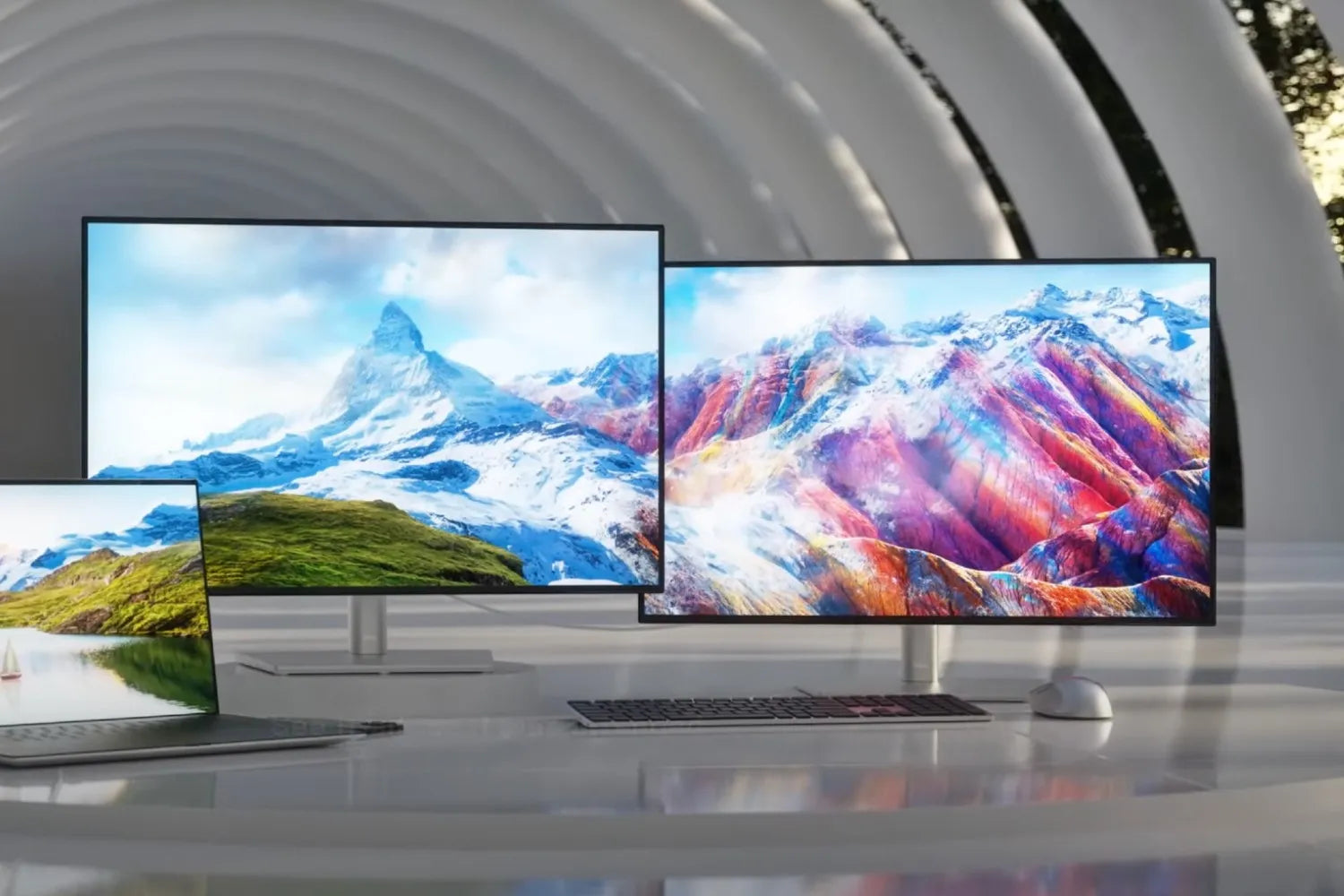
An IPS Display shines for photo editing due to five strengths: it offers 99% sRGB color coverage for accurate hues, a 178° wide viewing angle avoiding color distortion, 1000:1 contrast ratio clarif...
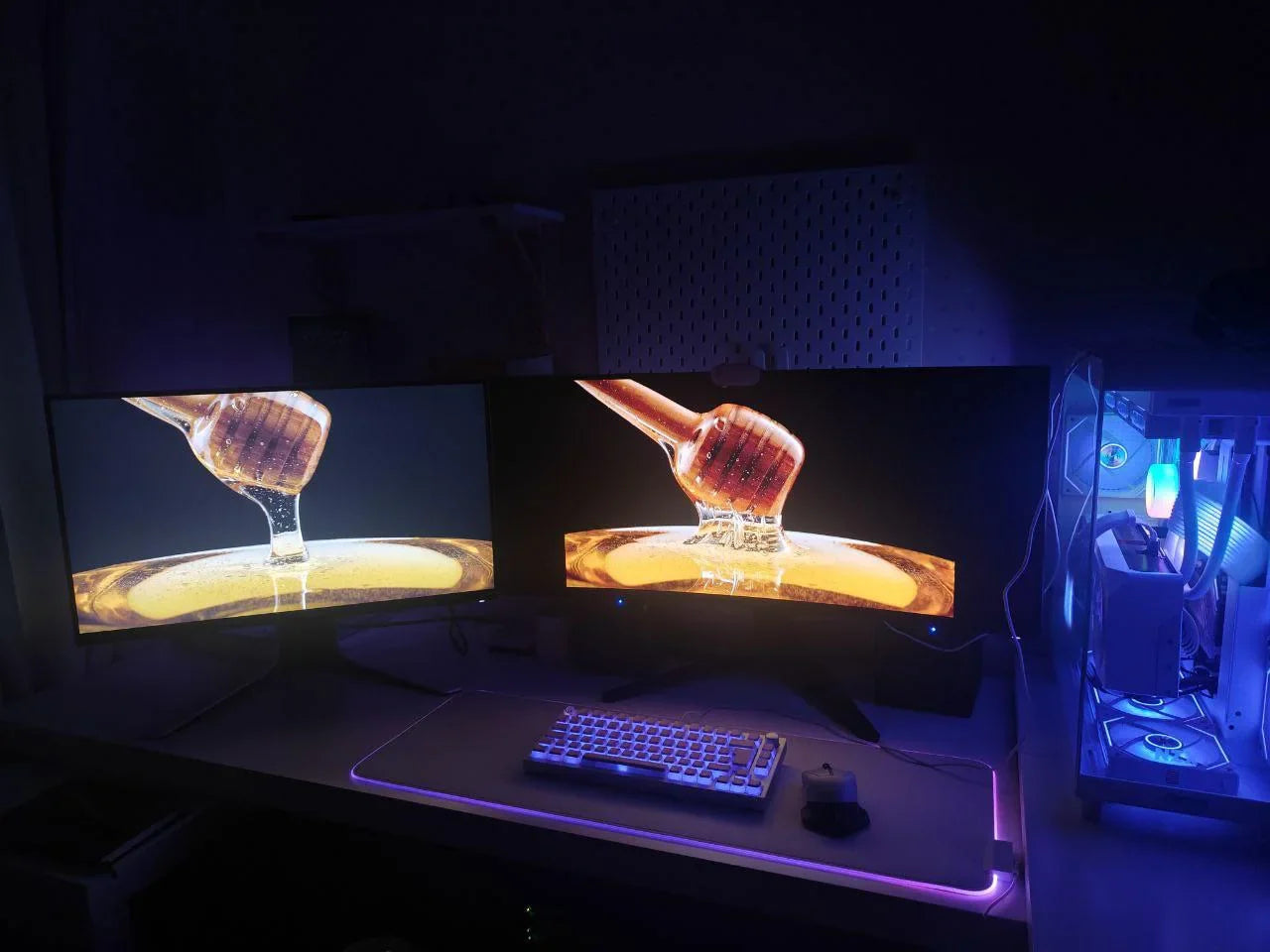
IPS panels typically have a lifespan of 30,000 to 60,000 hours of active use—meaning with 8 hours of daily viewing, they’ll last around 10 to 20 years before brightness noticeably dims, making them...
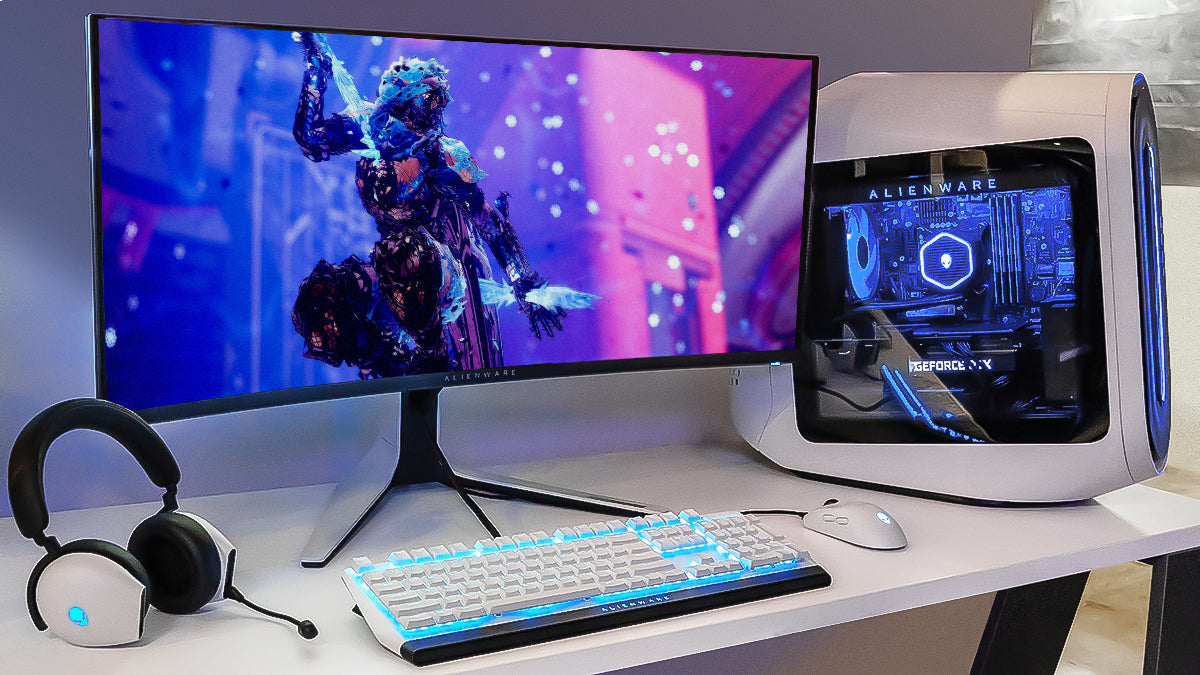
To calibrate an IPS display effectively, start by adjusting brightness to 120cd/m² (a standard sRGB level) using the OSD menu, then set contrast to 70–80% for balanced highlights/shadows; next, con...
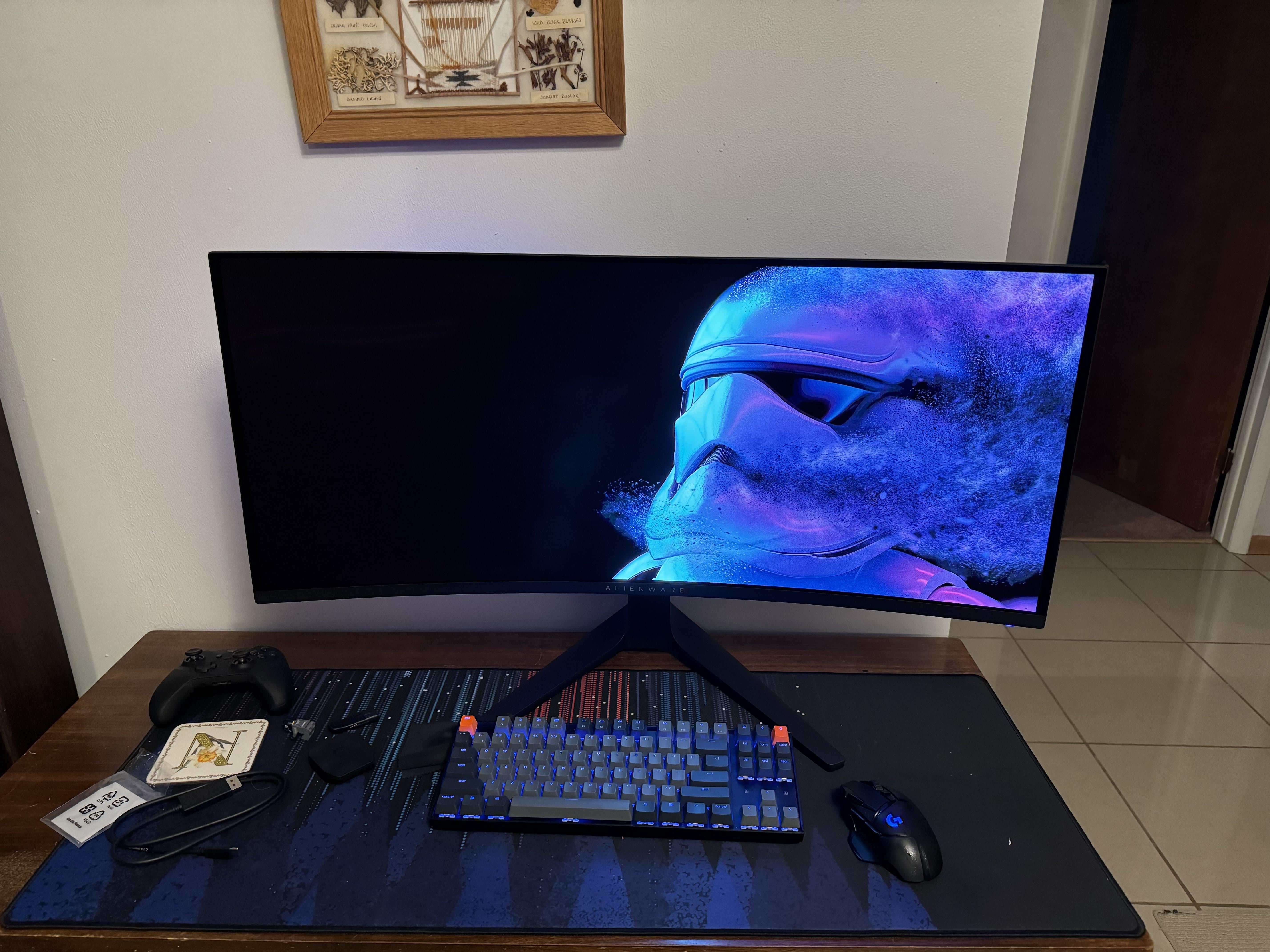
Choosing an FHD IPS Display (1920x1080) offers key perks: 178° wide viewing angles keep colors true from nearly any spot, while its 1000:1 contrast ratio delivers crisp blacks; paired with 300-nit ...
The top 5 benefits of IPS displays in mobile devices include a 178-degree wide viewing angle minimizing color distortion, 99% sRGB color accuracy for lifelike visuals, 5ms fast response time reduci...
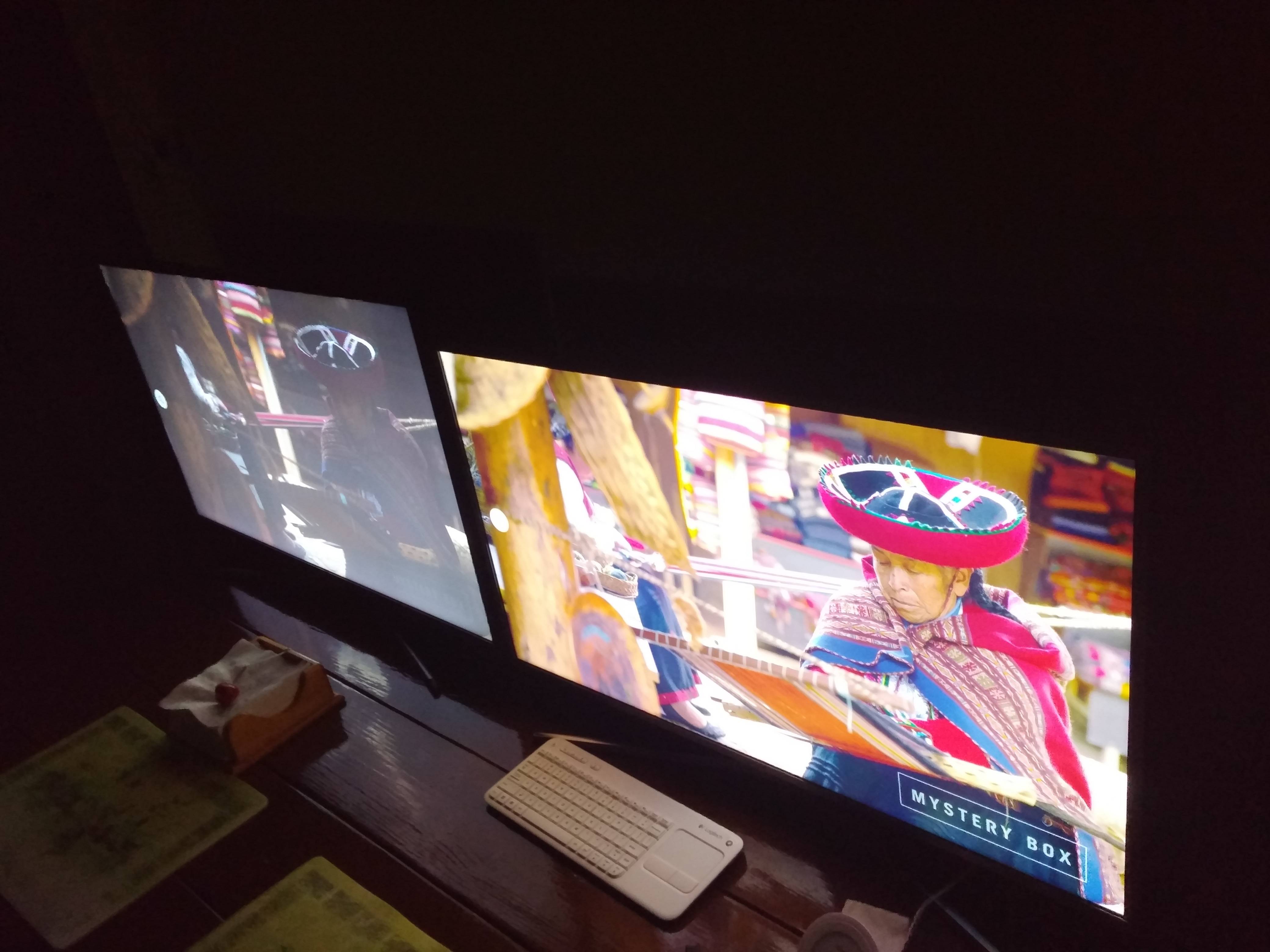
When choosing between IPS and VA panels, IPS offers superior color accuracy and wide 178° viewing angles with consistent image quality, making it ideal for graphic design and multitasking, whereas ...
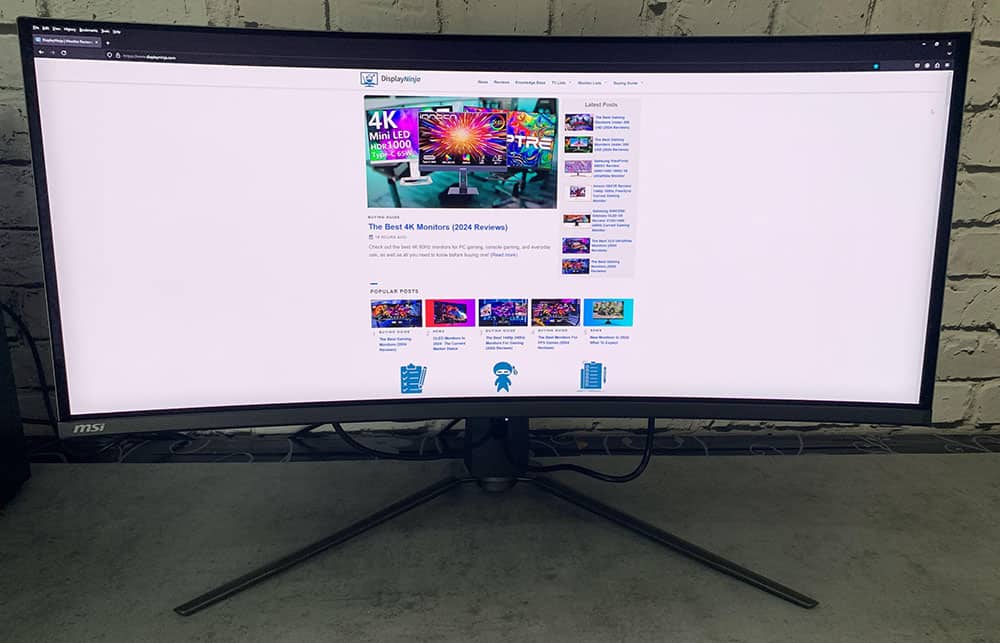
When comparing IPS vs TN displays, the 7 key differences are: IPS offers far superior viewing angles (178°/178°) and much better color accuracy, while TN has a faster 1ms response time for competit...

An IPS (In-Plane Switching) display is a type of LCD panel known for its wide viewing angles (up to 178°) and vivid color accuracy (16.7 million colors), making it ideal for design and media. Unlik...
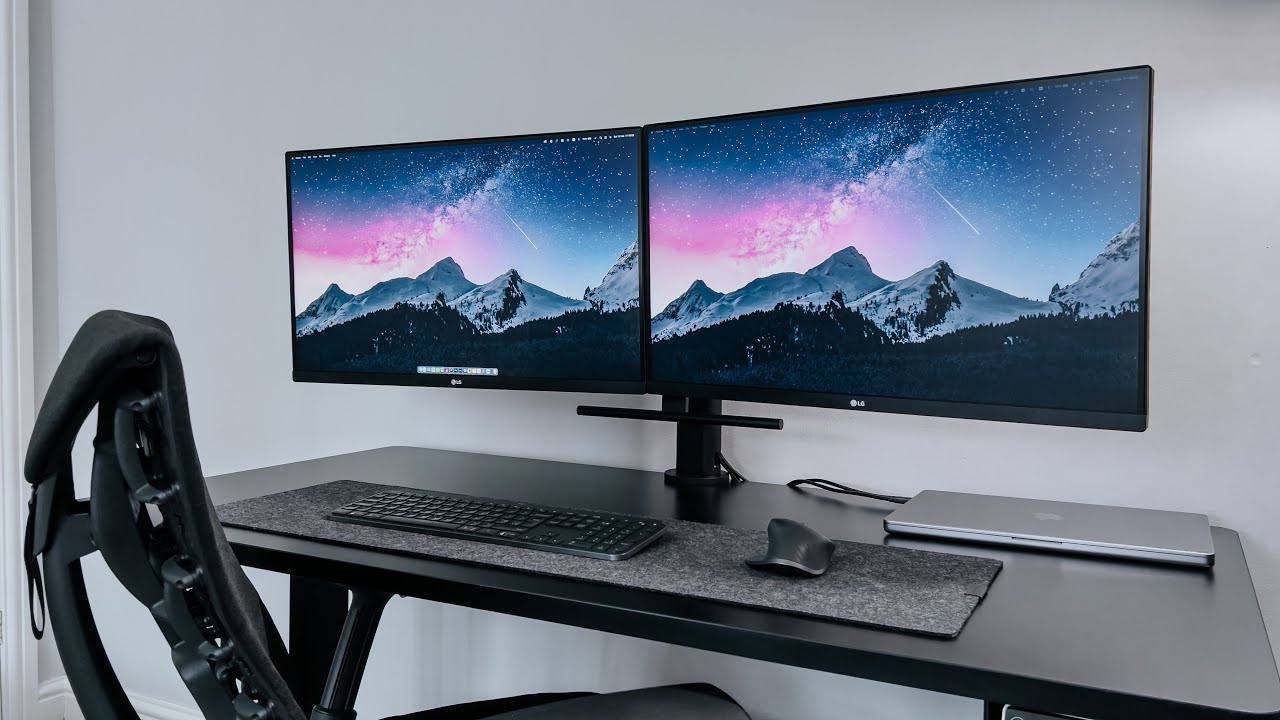
When selecting an IPS display, prioritize 5 key factors: a high 100% sRGB color gamut for accurate colors, a fast 5ms or lower response time to minimize motion blur, a resolution of 1920x1080 (Full...


